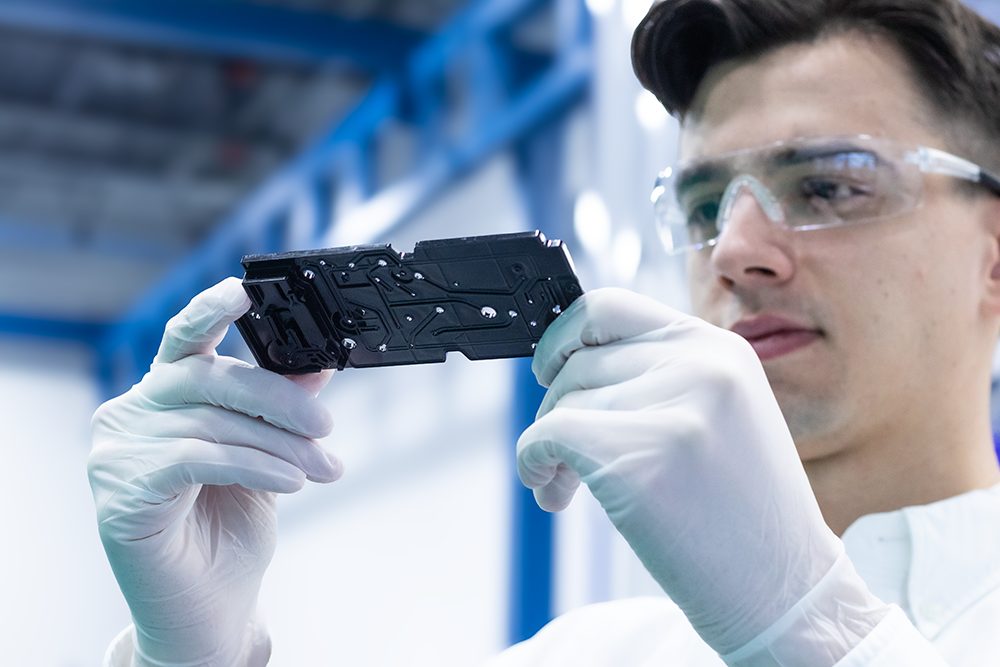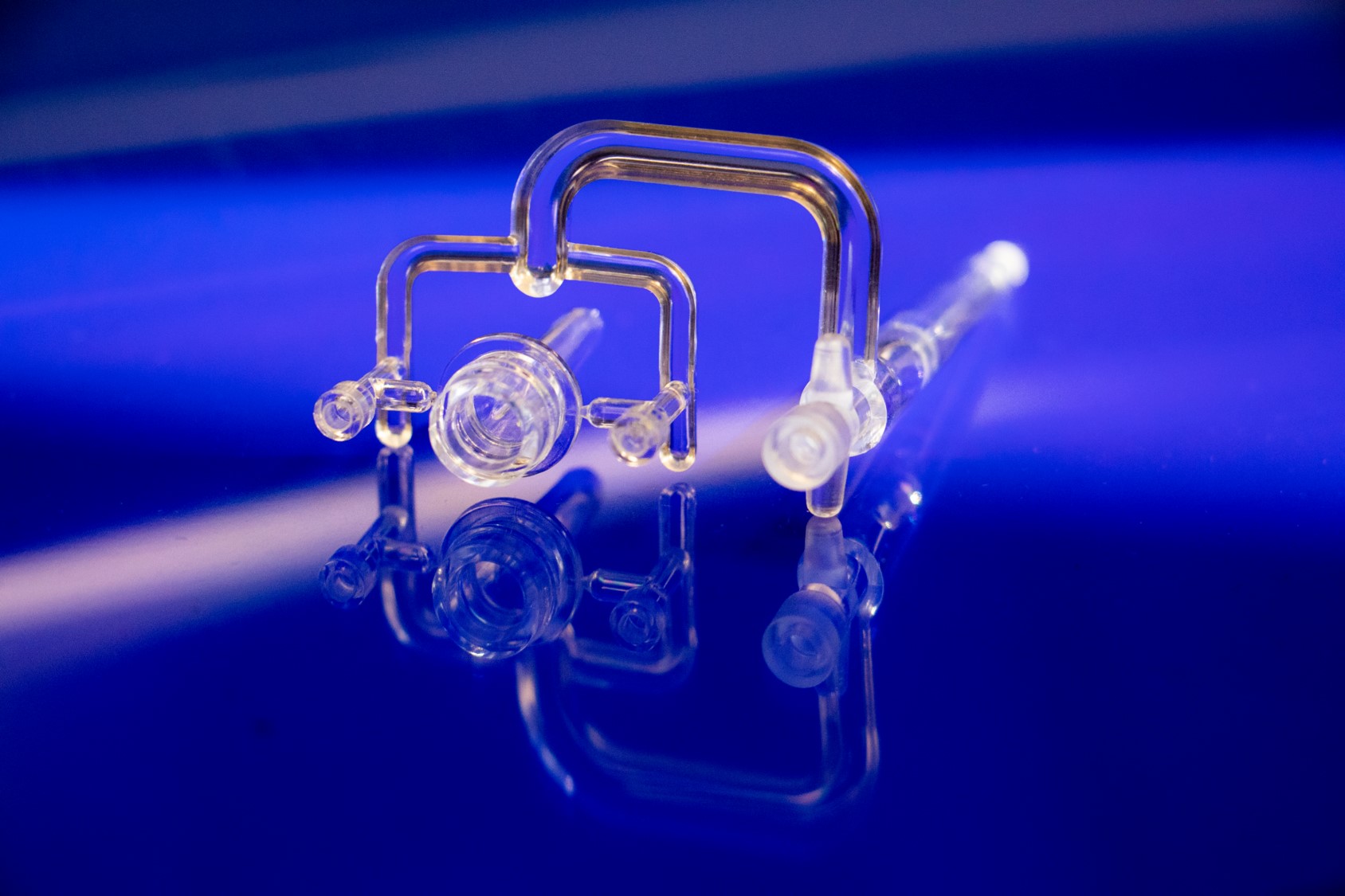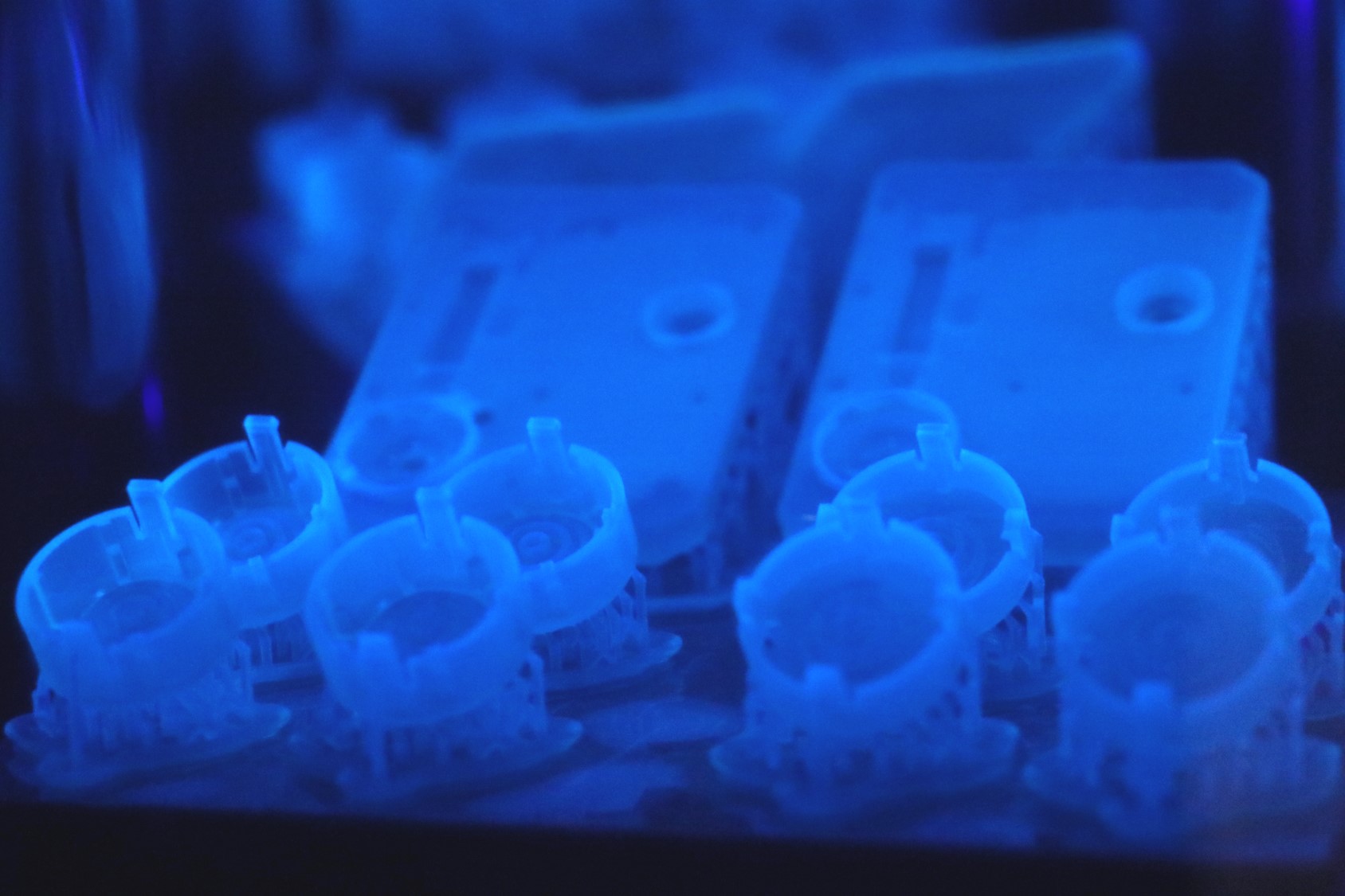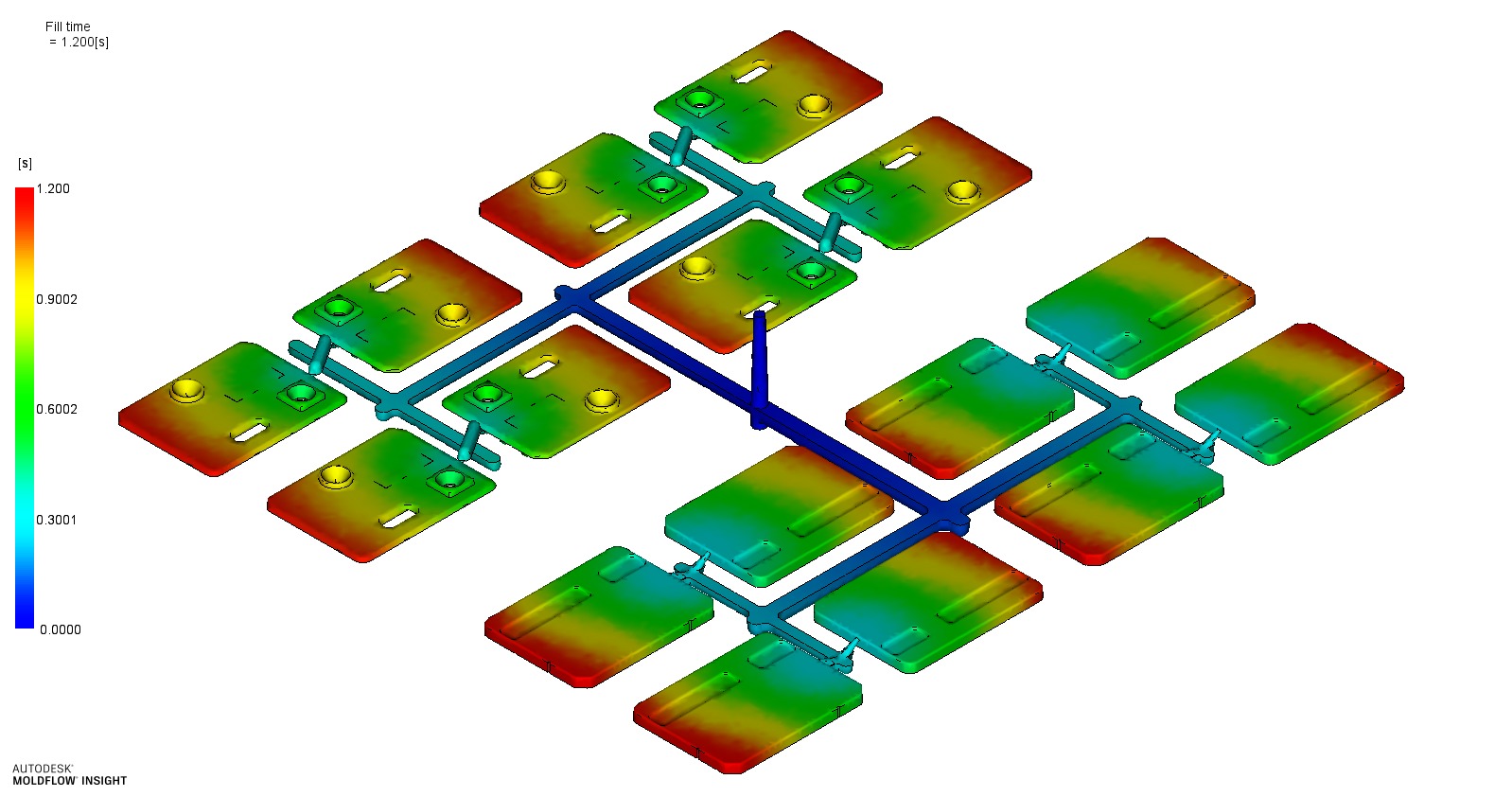
Plastic Injection Molding – Escape from Development Hell
Reducing Risks to Start Plastic Injection Molding
Over the decades, clients have come to us for support on their new plastic injection molding projects. But the initial excitement for their new product had already devolved by the time they came to us. They felt trapped in that nightmare of endless development loops with exploding budgets.
We believe the development of applications with plastic injection molding should not waste resources. We understand the frustration of not moving forward and the fear of bearing unnecessary risks. So we have compiled a list of plastic injection molding lessons that help get new products off the drawing board and onto the manufacturing floor.
These tools reduce risks during that transition from development to plastic injection molding. This month’s issue of Plastics Technology features a cover story on how we help customers reduce those risks so they can sleep at night – To Succeed in Manufacturing, Focus on Your People First.
1. Design for Manufacturing
You can identify and address many plastic injection molding risks during the part design phase. The plastics engineer will adjust the design to address risks during the three phases of the plastic injection molding process: Design for Moldmaking, Design for Injection Molding, and Design for Assembly.
The plastic injection molding process includes filling, cooling, ejecting, inspecting, and assembling. The plastics engineer addresses risks of short shots, nonfills, gas traps, deformations, sink, slow cycle times, and mold maintenance.
2. Prototype
If a novel part design pushes the boundaries of plastic injection molding, you will want to create rapid prototypes to explore the feasibility of those designs. Prototyping helps prove out very specific aspects of a new design.
Understand that rapid prototyping brings its own risks. Remember that some plastic injection molding designs lend themselves more to prototyping and less to mass production. Scaling up to manufacture introduces different constraints with their own trade offs.
3. Moldflow Analysis
Moldflow analysis identifies the high-risk areas of the plastic injection molding process prior to building the mold. The simulation can rerun the analysis with mitigation adjustments to confirm the optimization of fill, cool, and part deformation.
Once the plastic injection molding engineer has identified risk areas, they will suggest design changes that reduce the risks. These changes can involve the part design, mold design, or both. The process engineer will rerun the moldflow analysis again to confirm the risk has improved. An open dialogue about the tradeoffs in these decisions helps the group arrive at the best decision for the program.
4. Scientific Molding
After mold construction completes, qualifying the plastic injection molding process will reduce quality risks. Scientific molding reduces cycle times and accelerates the time to get to a stable process.
Rather than just creating a single optimized process, Scientific Molding establishes a processing window that produces good parts. Then as the plastic injection molding process varies, as long as it remains within the processing window, the risk of nonconformities remains low.
5. Actively Seek Risks
Just because you want to avoid risks, does not mean you want to avoid hearing about risks. We have joined programs where other vendors on the program withheld information because they lived in fear of sharing bad news. Those programs wasted time and money chasing solutions that some individuals knew would not work.
Whether or not you know it, as the client in the client-vendor relationship, you wield a position of power. Even if you believe you do not create fear, you want to be aware that your vendors and employees tend to shy away from sharing bad news. Think of removing fear as an important part of your job. You want to create safety. You want to reward the voicing of risk factors so you can monitor and mitigate those risks.
We have seen too many plastic injection molding programs suffer from: “That’s your risk. That’s not my problem.” These attempts to offload risks onto supply partners return later to haunt the program.
Investing in these tools lowers the risk that you will get stuck in development hell. Call our plastic injection molding engineers to lower the manufacturing risks in your program so you can start scaling to manufacture – (631) 580-3506.


